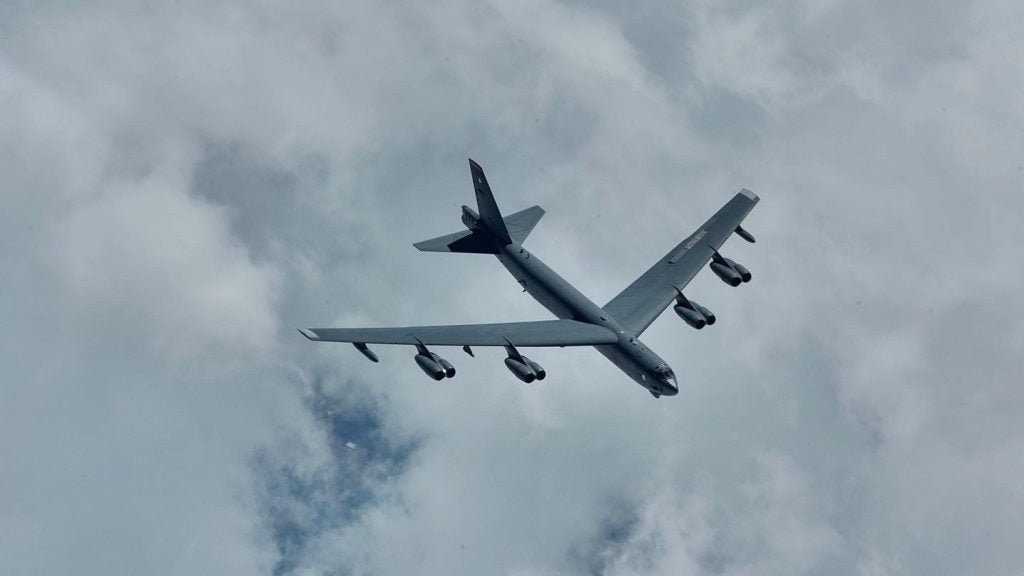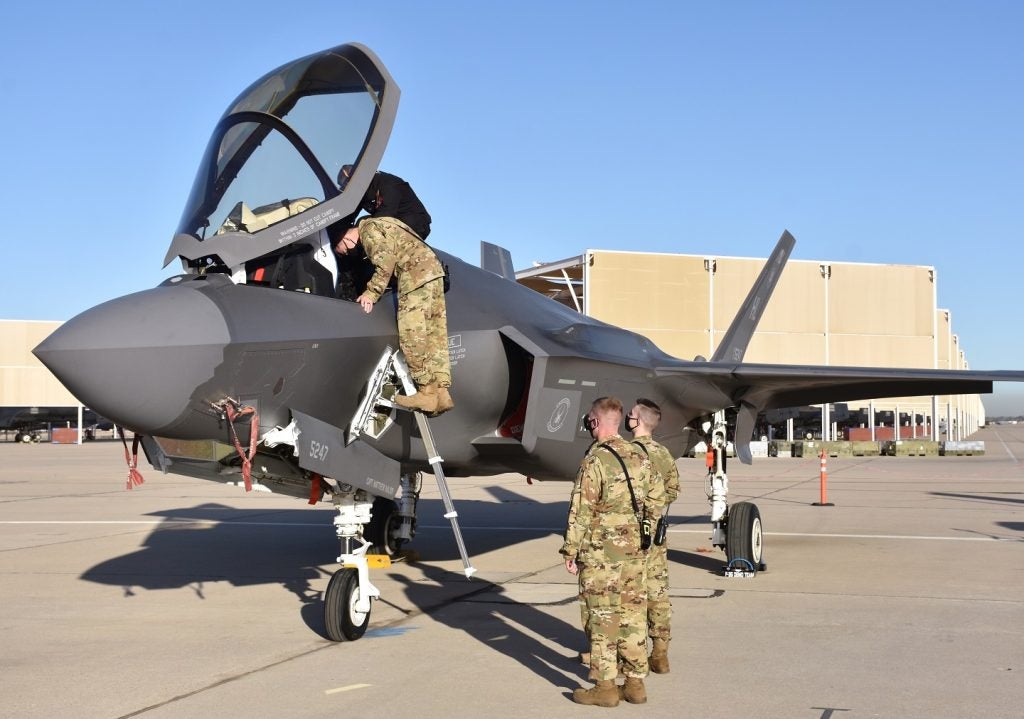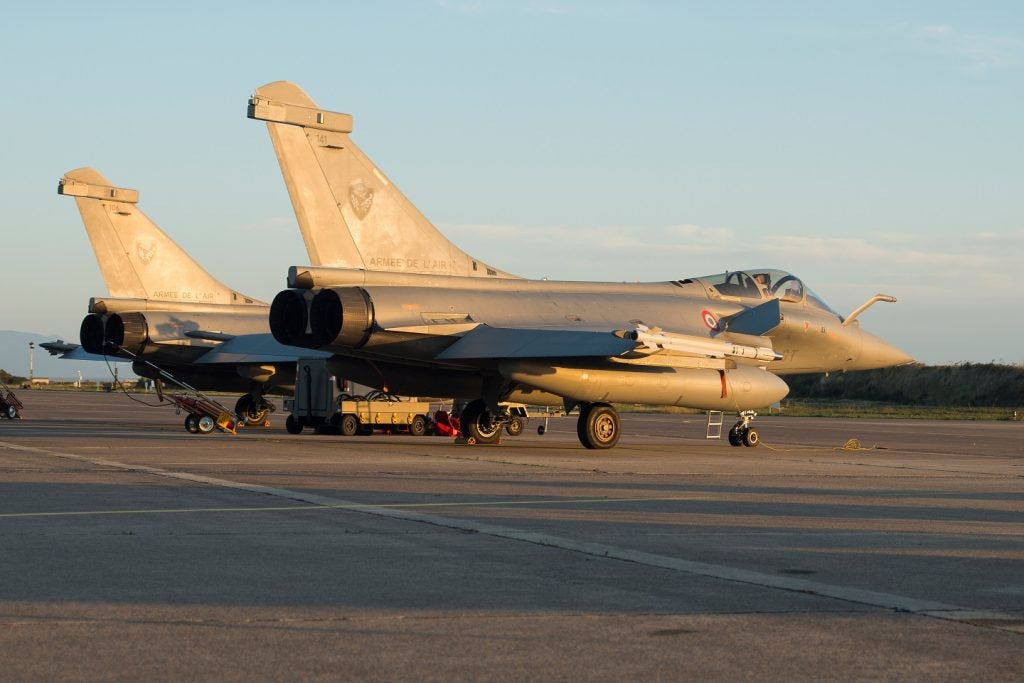A report has found that US Air Force (USAF) did not effectively manage diminishing manufacturing sources and material shortages being experienced on the B-52 Stratofortress aircraft fleet, a failure that contributed to spare part shortages.
The report, released in late-November and written by the US Department of Defense’s (DoD) Office of Inspector General, highlighted “several concerns regarding the management of B-52 spare parts”, specifically, that the B-52 programme office did not have an “approved management plan” to address spare part shortages.
“Despite its age, the B-52 remains a cornerstone in the Air Force’s arsenal,” stated the Office of the Inspector General. “While the Air Force’s $48.6bn modernisation plan for the aircraft may enhance its capabilities, the supply chain challenges identified in this audit could impact the Air Force’s ability to keep the aircraft flying.”
The report stated in order to address issues and other identified in the audit, the DoD OIG made three recommendations to the B-52 system programme office, including a recommendation to implement a spares management plan to proactively address parts shortages.
As detailed in the audit, the USAF received its last B-52 bomber in 1962 – fully 61 years ago – with each aircraft having a projected lifespan of 20 years. Of the 744 B-52s produced, only 76 remain in active Air Force inventory.
“However, because the B-52 remains a critical asset in national defence, the Air Force plans to keep its fleet of 76 B-52 aircraft in service until 2060. Therefore, the Air Force must continue to obtain spare parts through the B-52 supply chain to keep the aircraft in service,” the report stated.
The implications of the spare parts shortage were redacted in the publicly released version of the audit. The USAF is planning to invest $46.8bn into modernisation of the B-52 fleet.
A consequence of a lack of available spare parts led to a process of cannibalisation among the fleet, where certain airframes are picked apart for spares in order to maintain aircraft availability rates.
The process of cannibalisation can also lead to further gaps in spares inventories, as parts are moved from aircraft to aircraft depending on requirements.












